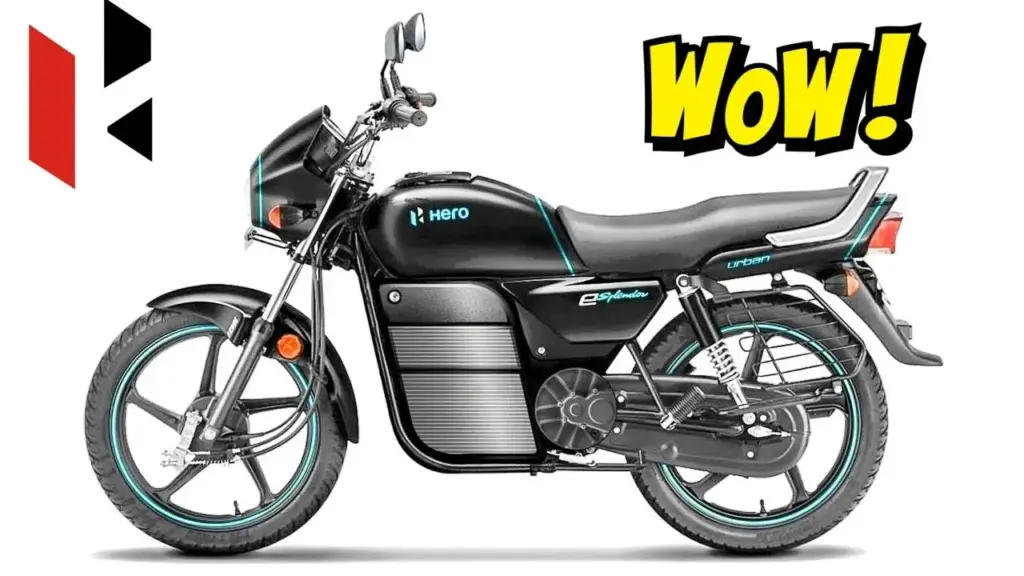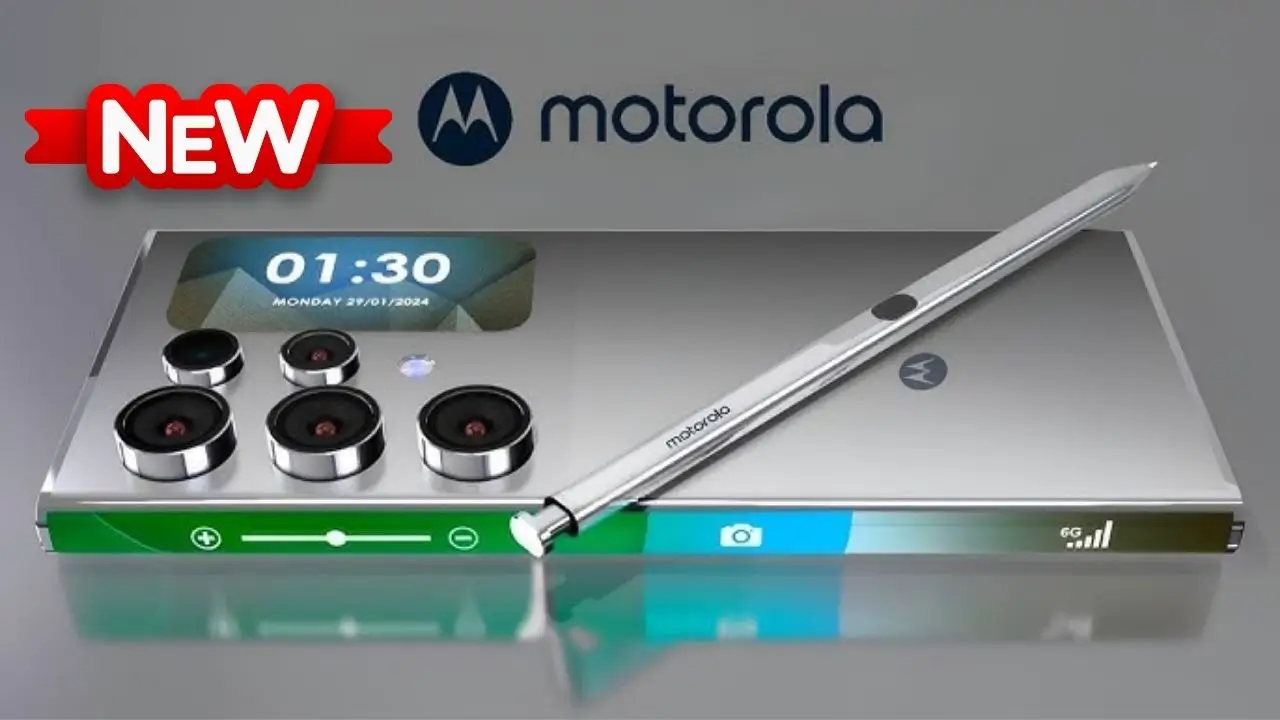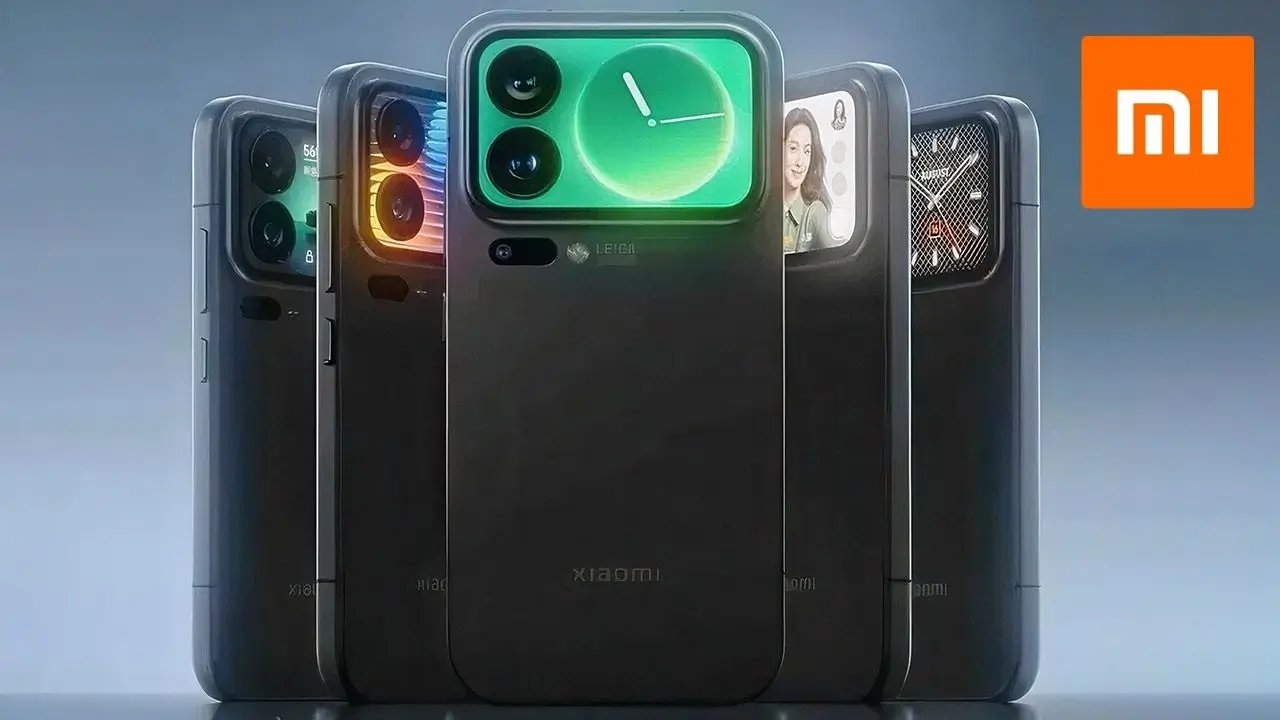The electric vehicle (EV) revolution is on, and it’s undeniable that we’re witnessing a massive shift in the automotive industry. However, many people still have misconceptions about the cost of EVs. For instance, the idea that you can drive away in a high-quality, feature-rich electric car for just ₹25,000 is simply unrealistic. As exciting as the rise of electric vehicles is, it’s important to set the right expectations about what you’ll get at various price points. So, what should you expect when you’re ready to invest in a real electric splendor? In this blog post, we’ll dive into the truth about electric vehicles, what buyers can expect in terms of cost and features, and when true electric splendor will become more widely available.

Understanding the real electric splendor involves knowing that while there are some budget-friendly EV options available, a vehicle capable of offering long-range driving, fast-charging capabilities, and high-end features will require a higher price tag. Expecting to get everything you want for ₹25,000 is simply unrealistic. Let’s take a deeper look into the electric vehicle market and what makes true electric splendor worth the investment.
What to Expect in the World of Electric Vehicles (It’s Not ₹25,000)
When you think about electric vehicles, one of the first things that come to mind is their cost. While it’s easy to imagine owning a sleek, eco-friendly vehicle for just ₹25,000, the reality is a bit different. The truth about electric vehicles is that their price is often determined by several factors, including the size of the battery, the performance of the car, and the features that come with it.
In reality, vehicles that fall under the ₹25,000 price tag are typically entry-level EVs or electric scooters. These models generally offer limited driving range and basic features. While they’re great for short, urban commutes, they’re not the “electric splendor” that many people envision when they think of an EV. True electric splendor—defined by a combination of long-range capabilities, high performance, and premium features—will cost significantly more than ₹25,000. So, what should you expect from the electric vehicle market? Let’s take a closer look.
Overview of the Electric Vehicle Market
Here’s an overview of the electric vehicle market to give you a better understanding of what to expect in terms of pricing and features:
| Model Type | Price Range | Key Features | Range (km) | Charging Time |
|---|---|---|---|---|
| Entry-Level EVs | ₹1,00,000 – ₹5,00,000 | Basic features, low-range, budget-friendly | 80-200 km | 6-10 hours (Standard) |
| Mid-Range EVs | ₹6,00,000 – ₹12,00,000 | Advanced safety features, larger battery, mid-range | 200-400 km | 3-6 hours (Standard) |
| High-End EVs | ₹15,00,000+ | Premium features, fast charging, high range, performance | 400-600+ km | 1-3 hours (Fast Charging) |
As the table above highlights, pricing can vary significantly depending on the type of electric vehicle. While entry-level models come with a lower price tag, they also tend to offer less impressive features and a shorter range. Mid-range and high-end models, on the other hand, are designed for those who want more power, longer ranges, and faster charging capabilities.
Electric vehicles are undoubtedly the future of transportation, offering a cleaner, more sustainable way to drive. While we won’t see high-quality, long-range EVs for ₹25,000 anytime soon, the technology is rapidly advancing, and prices are gradually becoming more accessible. For those eager to join the electric revolution, now is the perfect time to start learning about the available options and setting realistic expectations about what you can get at different price points.
The key to embracing the electric future is understanding that affordability, while improving, still requires investment in advanced battery technology, performance features, and fast-charging capabilities. By staying informed and being patient, we’ll eventually reach a point where owning a premium electric vehicle is within reach for many.
The Technological Advancements Driving EV Costs
As you may already know, the heart of every electric vehicle is its battery. The size, quality, and type of battery used in an electric vehicle have a direct impact on both its price and performance. Currently, lithium-ion batteries are the most common choice, but they remain expensive. The reason behind this lies in the materials used to create the batteries and the technological advancements required to make them more efficient.
Over time, as battery technology evolves, we can expect costs to decrease, which will lead to more affordable EV options. But for now, expect to pay a premium for high-quality electric vehicles that use top-tier batteries capable of providing long driving ranges and fast-charging times. Moreover, vehicles that offer features such as autonomous driving, advanced infotainment systems, and improved connectivity also contribute to the higher costs.
Why ₹25,000 Is an Unrealistic Expectation for a High-Quality EV
It’s understandable that many consumers are excited by the idea of owning a budget-friendly electric vehicle. But the reality is that ₹25,000 is simply too low a price for a high-quality EV. While you might find electric scooters or ultra-budget electric vehicles at this price point, they typically come with significant limitations.
These entry-level EVs are ideal for short commutes or low-speed urban driving, but they won’t provide the same experience as a fully-equipped electric car. Features like longer range, faster charging, and higher performance come with higher costs. Expecting to get everything you want in an EV for ₹25,000 is not a feasible scenario—unless you’re looking for something with very basic functions that may not even meet your daily needs in terms of range or performance.
The Future of Electric Vehicles: When Will Prices Become More Affordable?
The future of electric vehicles is undoubtedly bright, but it’s going to take some time before we see widespread adoption at an affordable price. As technology continues to improve, especially with batteries and manufacturing processes, prices are expected to decrease. Government incentives, too, will help make EVs more accessible to the masses.
However, even with these advancements, it’s unlikely that we’ll see high-quality, long-range electric vehicles available for ₹25,000 anytime soon. Instead, the price of EVs will gradually decrease over the next decade, with a more significant drop expected in the years to come. The growing competition in the EV market is likely to encourage automakers to find ways to make electric vehicles more affordable while maintaining quality.
So, while we may not be able to buy a premium electric car for ₹25,000 today, the future looks promising for those hoping to own an affordable, efficient, and feature-rich EV.
Yamaha Saluto RX 110cc Launched in India at ₹46,400 – Budget-Friendly Commuter Motorcycle
Hero Xtreme 250R Thunderwheels Edition Unveiled – Thums Up Collab With Bumper Launch Savings
FAQs About The Real Electric Splendor
1. Is ₹25,000 enough to buy an electric vehicle?
No, ₹25,000 is typically too low for most electric vehicles. At this price point, you can expect to find entry-level electric scooters or basic EVs with limited features and range.
2. How much does a decent electric car cost?
A decent electric car with good range and performance generally costs between ₹6,00,000 and ₹12,00,000. Higher-end models can cost ₹15,00,000 or more.
3. What is the driving range of affordable electric vehicles?
Affordable electric vehicles typically offer a range of 80-200 km on a single charge. For longer ranges, expect to pay more for mid-range or high-end models.
4. Are electric vehicles better for the environment?
Yes, electric vehicles are much better for the environment compared to traditional petrol and diesel cars because they produce zero emissions while driving.
5. When will electric cars become more affordable?
Electric cars are expected to become more affordable in the next decade as battery technology improves, and economies of scale are realized. Prices will likely decrease as competition increases.

















